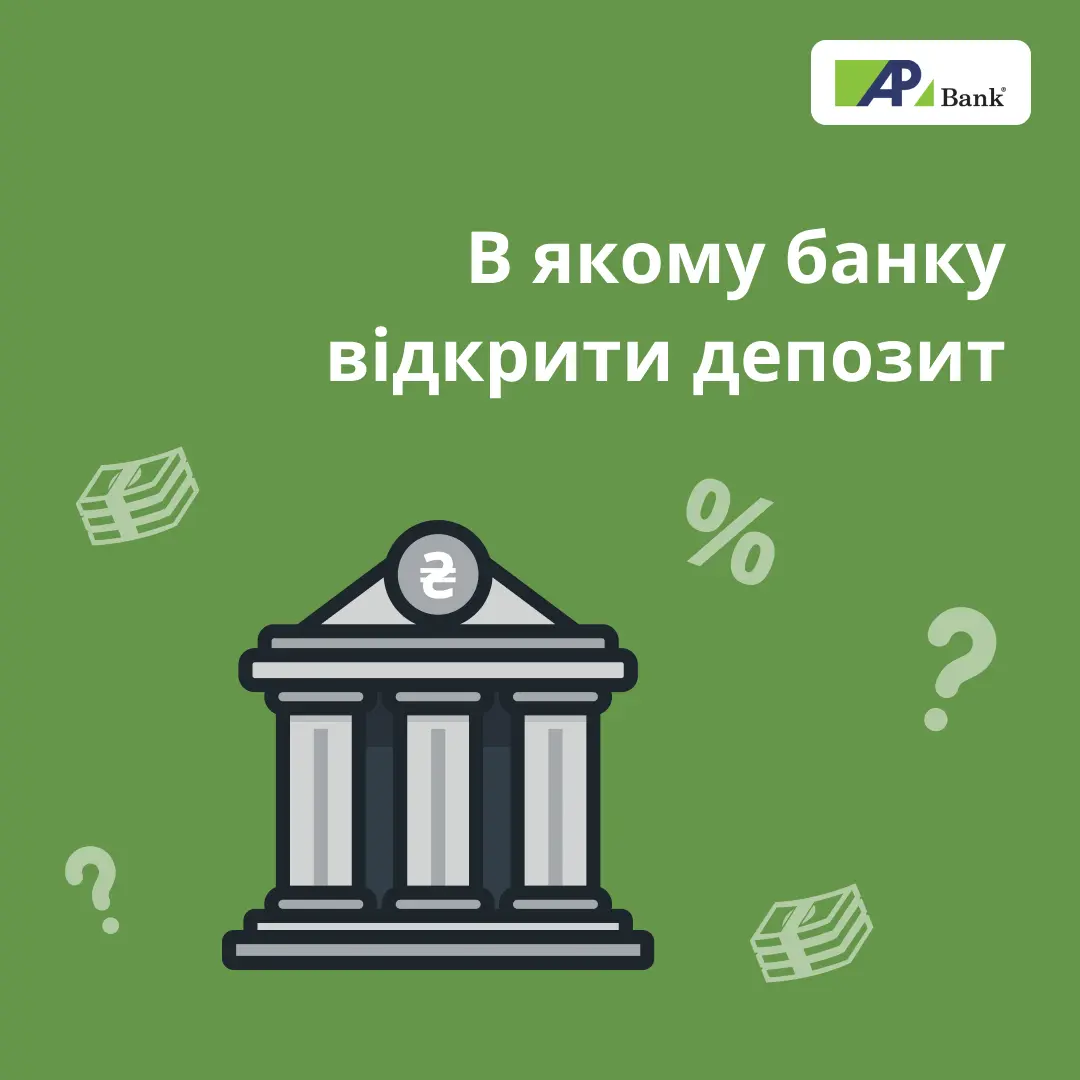Article content
- What is the card number for
- What the numbers in a card number represent
- How to determine which bank a card belongs to
- Is it possible to steal funds using a card number
When transferring funds to another person’s card, it is useful to have information about the bank that services the recipient. This will help you choose the most cost-effective way of transferring funds, as transactions within the same bank are the cheapest, fastest, and most reliable. If you have a card from the same bank as the recipient, you can avoid unnecessary fees, the risk of errors in the account details, and possible delays. Overall, it is essential to understand which bank you are sending money to, especially when transferring large amounts to unknown individuals. In this article, you will learn how to check which bank a card belongs to and what additional information can be obtained from its number.
What is the card number for
This identifier is necessary for carrying out various banking operations without the physical presence of the payment instrument. For example, when using an ATM to withdraw funds, you use a plastic card that the device recognizes by the chip or magnetic stripe. However, for online payments or transfers via internet services, another method of identification is required — the unique number of your payment instrument, which allows the system to process the transaction.
What the numbers in a card number represent
Each bank card has its unique number, which is usually located on the front side. This set of digits encodes various information, from the type of payment system and the issuing bank to details about the currency and class. Let’s examine what is encrypted in it and how to find out which bank a card belongs to by its number.
A standard bank card number consists of 16 digits grouped into four blocks of four characters each.
Each digit in the number has its specific position and encodes certain data:
- The first digit carries information about which payment system it is, for example: Prostir (9), MasterCard (5), and Visa (4).
- The next five digits encode information about the issuing bank — this combination is unique for each bank.
- Together, the first six digits form the Bank Identification Number (BIN). It is this number that allows you to determine which bank the card belongs to. For instance, you may have noticed that when purchasing something online, the payment page “recognizes” your bank as soon as you enter just the first six digits — this happens due to the unique BIN. One bank usually has several BIN numbers — different for various types of cards, such as debit, credit, premium, business, etc.
- The next nine digits are the identification number of a specific payment instrument, which may contain information about its type, year of issue, status, and other details.
- The last digit is a check digit and is generated randomly based on the set of previous characters. It provides additional protection for the number and makes it truly unique.
How to determine which bank a card belongs to
You can easily find out which bank a card belongs to by using special services, such as bincheck, binlist and psm7.
To do this, simply enter the first six digits of the card number into the appropriate field and initiate the search. As a result, you will receive information about the issuing bank, the type of payment system, and possibly other additional data.
Is it possible to steal funds using a card number
To make payments online or transfer funds, fraudsters need more than just the card number. They also require other important information, such as the three-digit CVV2 security code located on the back of the card, as well as a one-time confirmation code that the bank sends to the owner via push notification or SMS.
Therefore, if someone knows your card number but does not have access to the additional information, there is no reason for concern. That is why most banks display the card number and expiration date on the front, while the CVC2 or CVV2 code is on the back, which helps prevent unauthorized access to funds, even if a fraudster obtains the payment instrument number.
You can learn more about how to protect yourself from fraudsters and make online purchases without risk in our article "How to shop online safely."
Now you know how to determine which bank a card belongs to using special online resources, what information its number carries, and that just having the card number is not enough for making transactions, which makes your financial operations more secure.





